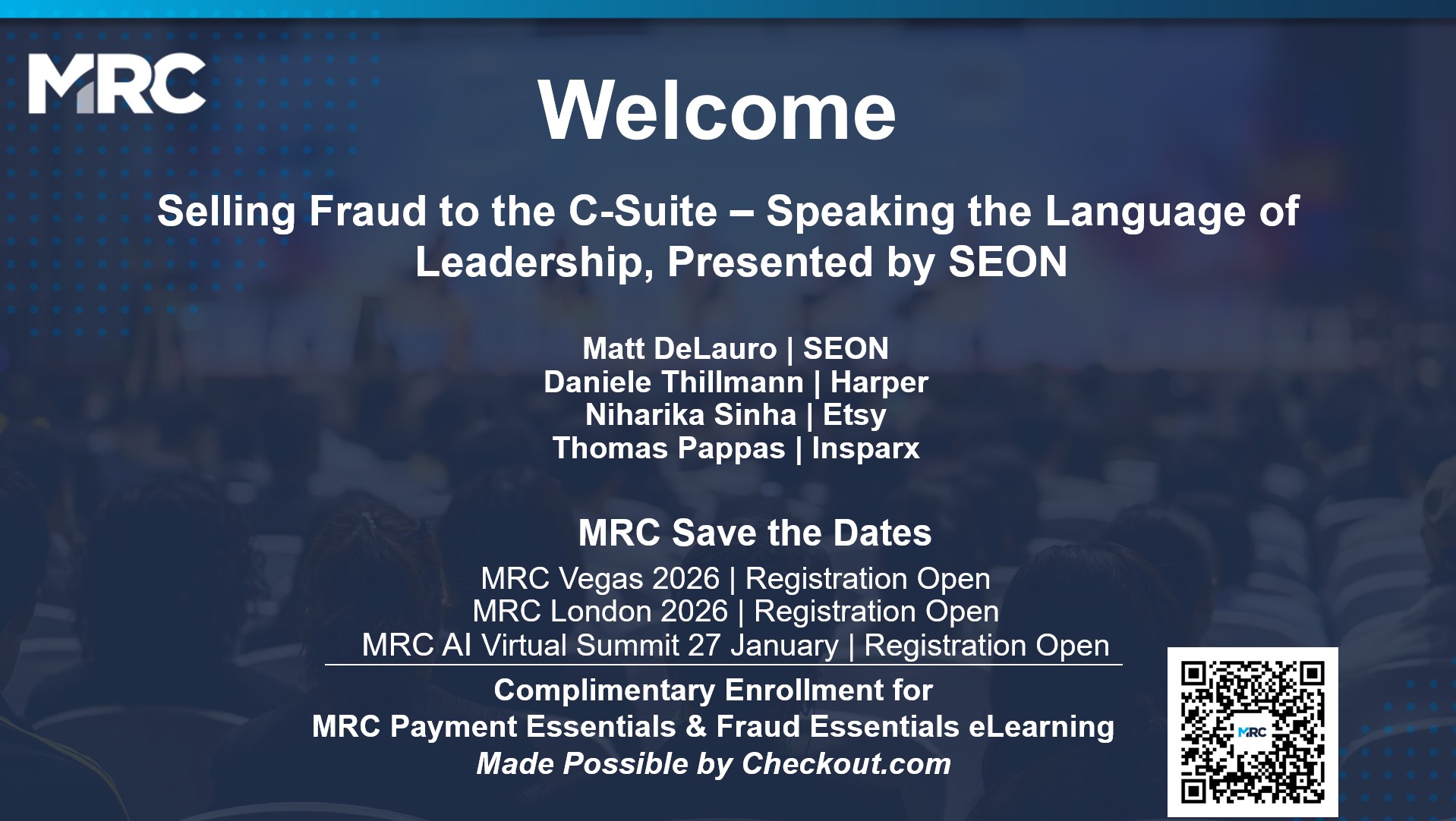Red Flags for Fraud and Money Laundering
Due diligence is essential when it comes to protecting your business from money laundering. Checking on customers and staff from the onboarding stage and beyond ensures you don’t miss key red flags.
Bad actors may give questionable data or exhibit risky behavior, both common signs of criminal activity. So, besides solid AML procedures, you should have a good understanding of what to look out for and why.
Here’s how to spot money laundering activity within your system. Finding one of these hints could be a coincidence, but if your investigation ticks several of the boxes below, it’s time to act!
1. Suspicious or Risky Personal Information
When signing up a new customer, you can use data like their email and IP address to check their identity and digital footprint.
Red flags involve such things as the use of proxies or an email address that doesn’t match the name provided. Their footprint might also be minimal, which could indicate a new account, or even that the person’s linked to dodgy accounts.
AML lists are especially important as they help quickly identify dangerous or high-risk individuals. A potential customer might already be flagged as criminal – or, at least, best to avoid.
Before onboarding someone, you can check their geolocation against black and grey lists for countries with weak anti-money laundering regulations. There are politically exposed persons (PEP) and relatives and close associates (RCA) lists to consider, too.
Analysing personal details for inconsistencies or risky connections can highlight points of interest that expose users manipulating your services to hide and fund their illicit activities.
2. Lack of Valid Forms of Identification
Your AML verification process should include ID checks that cover passports, utility bills, company records, direct contact with beneficial owners, and more. With the help of reliable identity verification (IDV) tools, you can ensure potential customers are legit.
However, if a company or representative drags their feet when you ask them for forms of ID, it’s a good idea to consider using other customers instead or at least putting them under more scrutiny. The documentation they provide must be valid and not stolen or forged.
Financial records can also contain clues as to whether you can trust their organization. Ideally, they should have no inconsistencies in terms of numbers and company details.
All in all, an entity that is unable or unwilling to prove their identity to your satisfaction is suspect. Their attempts to hide themselves are a big red flag.
3. Unclear Beneficial Owner
Any individual who controls a company or owns at least 25% of its interests is a beneficial owner. A legitimate organization would have their name and details at hand, so be careful with customers that lack this kind of transparency.
Here’s some perspective. A Florida man and his co-conspirators created sham companies and stole $24 million in COVID-19 financial assistance in 2021. FinCEN’s beneficial ownership requirements report offers many more examples of how criminals take advantage of shell corporations and fake identities for monetary gain.
Another fact to be aware of is that these fraudsters use fronts like real estate and layers of bureaucracy to hide their true identity and purpose.
With these in mind, if you’re forced to jump through hoops just to find a company’s beneficial owner or any other key information, take a step back and apply more thorough AML checks.
4. Unusual Transactions and Activity
Evaluate new customers before welcoming them into your system. It’s a sure-fire way to catch suspicious parties, but don’t forget that existing accounts can become a problem, too.
It could be that a bad actor snuck through your fraud prevention algorithms and got a foothold for their money laundering interests. On top of this, hackers also use things like phishing schemes and credential stuffing software to take over accounts.
No matter how they get in, their behavior on your platform can trigger red flags. Their account’s overall patterns might change. The user might suddenly make large transactions and have trouble getting through your security checks.
Pay attention to data about their devices and apps, as well. A mobile network can give away a geolocation that doesn’t match the address they listed on their account, for example. You could even spot evidence of hacking software.
For the best results, combine automated and manual processes to monitor activity and pick up any unusual patterns.
5. High-Risk Payment Methods
Other factors to keep an eye on are customers’ preferred payment methods and their transactions. As a merchant, you can offer several checkout options, including card payments, digital wallets, and bank transfers. And no matter what you choose, how people use them can say a lot about them.
A customer repeatedly using high-risk payment methods such as services that don’t apply CVV checks is a red flag. If they also regularly dispute transactions, there’s a good chance that they’re a fraudster.
Someone might also be moving money from your service to a crypto wallet or buying dozens of gift cards. Users like this are worth investigating, since payment fraud threats can involve monetisation channels.
Criminals exploit them to quickly cash out or turn ill-gotten money into goods like airline tickets, equipment, and vouchers they can profit from later. Look for any such activity, especially if it forms a pattern.
To confirm your suspicions, you can investigate the given account further and ask for its owner to verify their identity. Even if they provide a convincing form of ID, the data you collect can paint a clearer picture of who they are and what they’re up to.
6. Strange Behavior from Staff Members
Money laundering and other financial crimes often occur with the help of insiders, so it’s a good idea to monitor the activity of your staff as well as your customer base.
According to employee theft statistics, a lack of internal control causes one third of workplace fraud cases, while half of perpetrators falsify documents to hide their trail. Additionally, 26% have financial difficulties and 42% live beyond their means.
This suggests that greed motivates internal fraudsters more than desperation – both incentives that are made worse by having funds or customer data within easy reach. The modern workplace is altogether a prime position for criminal organizations.
Make sure your workplace incorporates manual and automated due diligence checks, from assessing job applicants’ identities and backgrounds to monitoring the transactions of existing staff members.
Stay alert for risky behaviors like discrepancies in documents, security oversights, unknown downloads and app installations, and transactions that don’t add up.
You could be dealing with honest mistakes or buggy software, but bad actors are just as likely – whether they’re trying to boost their income or playing their part in a money laundering scheme.
It’s important to remember that a single worker’s misconduct can see a whole business penalized for failing to comply with AML regulations. To avoid fines and a damaged reputation, keep your workforce in line and criminals at bay.
Red Flags Are Easy to Spot With Practice and the Right Tools
Combating fraud and money laundering is a complex process, but it gets easier as you learn how bad actors operate and how to analyse customers’ and workers’ data in your search for red and green flags.
Ultimately, it’s a matter of trusting your gut and knowledge as much as your software and partners. With these skills and assets, you should be able to quickly evaluate suspicious parties and take action if they prove to be illicit.















